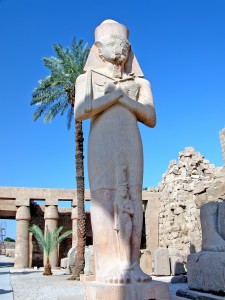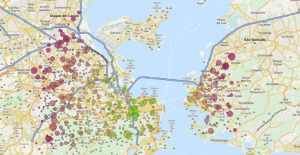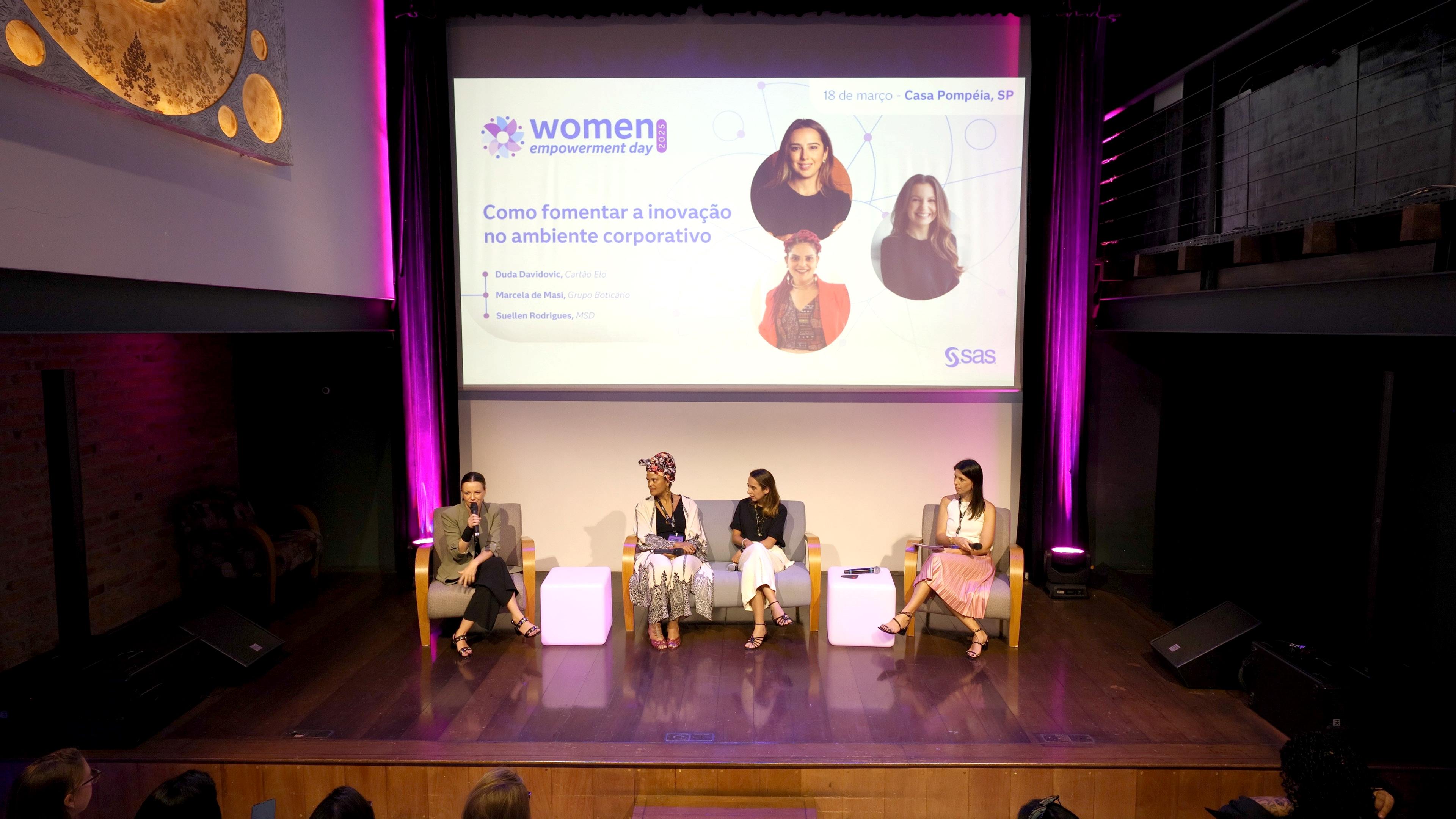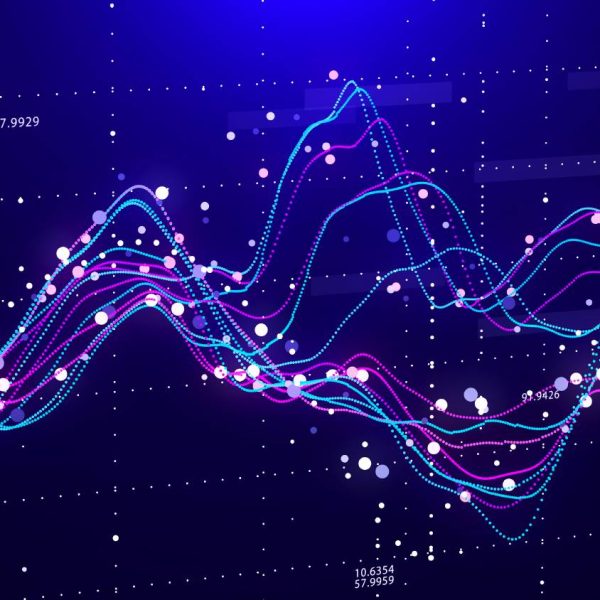I recently read the book "Die Zahl die aus der Kälte kam" (which would be The Num ber That Came in from the Cold in English) written by the Austrian mathematician Rudolf Taschner. He is ingenious at presenting complex mathematical relationships to a broader audience. One of his examples deals with the power of the Egyptian high priests in the ancient Egypt. While reading that chapter I came to a realization about self-service analytics.
ber That Came in from the Cold in English) written by the Austrian mathematician Rudolf Taschner. He is ingenious at presenting complex mathematical relationships to a broader audience. One of his examples deals with the power of the Egyptian high priests in the ancient Egypt. While reading that chapter I came to a realization about self-service analytics.
The High Priests in the Ancient Egypt would have certainly forbidden SAS Visual Analytics!
 Why? The High Priest in ancient Egypt had a lot of power. This power was derived from a very important fact: they knew how to calculate. Using their calculations they were able to “predict” the cycle of the flood of the Nile. To ordinary people this ability seemed to be preternatural and superhuman, so they were very thankful for instructions the high priests gave about sowing and the harvest.
Why? The High Priest in ancient Egypt had a lot of power. This power was derived from a very important fact: they knew how to calculate. Using their calculations they were able to “predict” the cycle of the flood of the Nile. To ordinary people this ability seemed to be preternatural and superhuman, so they were very thankful for instructions the high priests gave about sowing and the harvest.
It is therefore no surprise that the high priests definitely had no interest having their knowledge spread among the population, as this would have reduced their power significantly. They were most definitely opposed to self-service analytics.
The expansion of analytics in companies and organizations
In companies and organizations, data exploration and model creation was limited to a small group of people for many years. While this small group did not necessarily have the status of the High Priests, many people were excluded from this circle. They could only passively receive results but were not able to perform analyses on their own.
With SAS, self-service analytics and democratisation of analytics becomes reality!
 With solutions like SAS Visual Analytics and SAS Visual Statistics, SAS offers the possibility that business users can explore their own data, generate results, and test analytical models on their own first.
With solutions like SAS Visual Analytics and SAS Visual Statistics, SAS offers the possibility that business users can explore their own data, generate results, and test analytical models on their own first.
Is this a good thing? Sure! Business experts know the history and the business background of the data much better than anyone else. They can assess results and findings from a business point of view and put them in context with the analysis question.
For example:
- Finding contradictions in the data that remain undetected in basic data quality profiling.
- Identifying noticeable facts in the data that should be used as important explanatory variables in a predictive model.
- Detecting relationships in the data that are analyzed in detail with a statistician in an analytical project.
Should analytical people have to fear for their jobs?
No. Because appetite comes with eating. The more people in an organization are dealing with data analysis, the more knowledge and ideas are generated. Consequently, more analytic expertise is needed for important decisions in the company.
In companies and organization it will however be necessary to establish the right "Analytic Culture." Those who detect relationships and abnormalities in the data need a platform where they can communicate their findings and receive feedback.
Analytic Culture – The SAS Analytics 2015 Conference in Rome
"Analytic Culture:" this was the slogan of the SAS Analytics 2015 conference in Rome. Top-class presenters and more the 700 attendees made the conference to the top analytic event of the year in Europe. My presentation on “Discovery Analytics with SAS Visual Analytics and SAS Visual Statistics" can be downloaded at the SAS Community Website.
This blog contribution is also available in German at the SAS Mehr Wissen Blog.
Image credit: photo by Dennis Jarvis and V Manninen // attribution by creative commons







